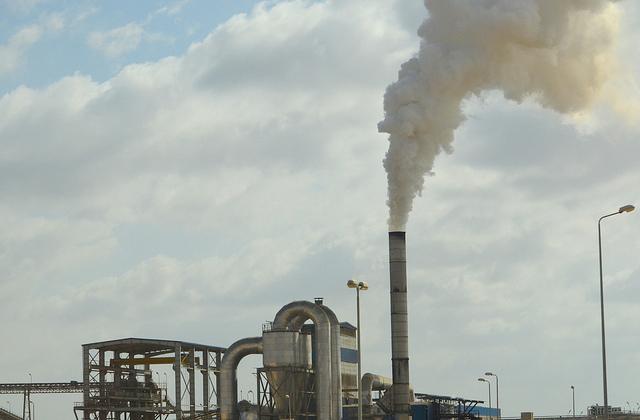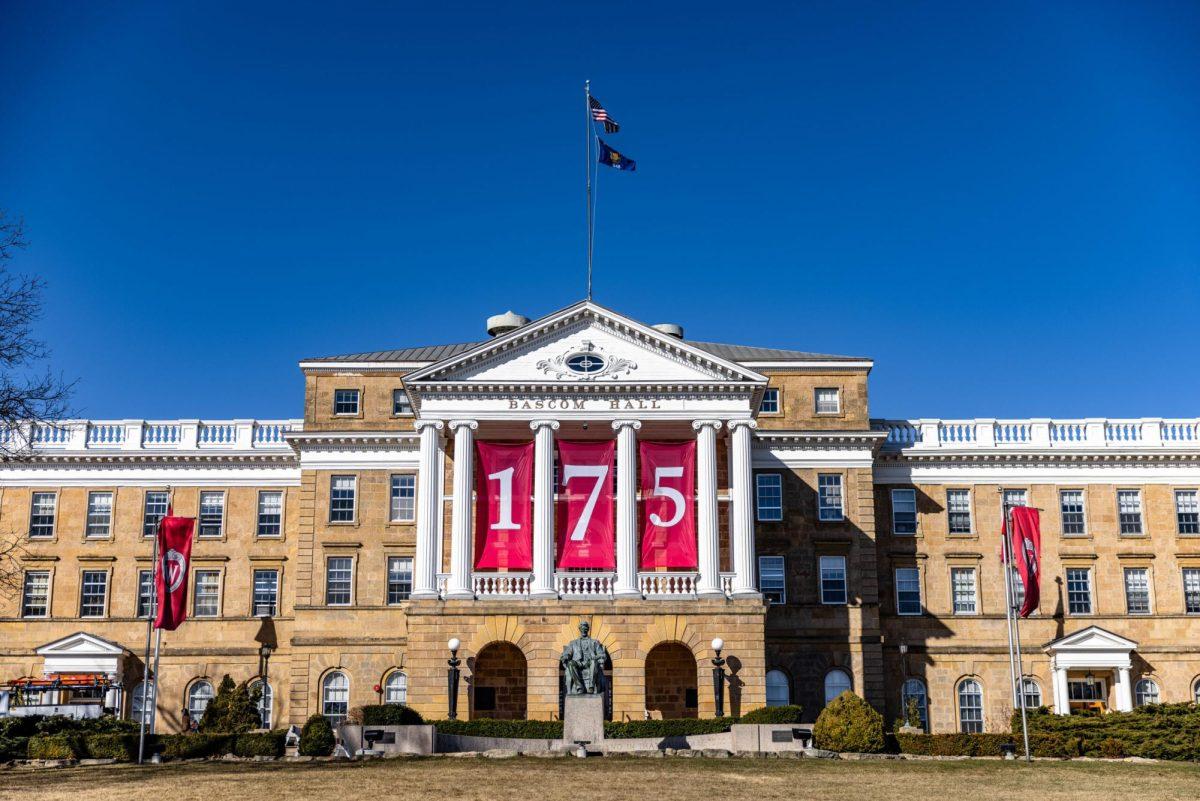In a lecture series Thursday, a University of Wisconsin professor of computer science spoke how climate change will affect internet infrastructure on Thursday.
UW professor Paul Barford, who delivered the lecture, is the head of project Internet Atlas. The project looks to physically map Internet infrastructure across the globe.
He and his team have focused on the effects climate change will have on these structures. But Barford said these infrastructure maps are not complete.
“I am not making any argument that what we have is complete — it’s not,” Barford said.
Barford’s team at Atlas uses public permit records and government reports to gather data on the number of conduits — underground bundles of cable — used for connecting data centers to build the map.
UW professor emphasizes positive effects of internet communication
The conduits are about one to two feet underground and are weather resistant. They are not, however, weather-proof.
Barford said within the next 100 years anything from the buildings which hold data centers to underground infrastructure developments will be affected by a possible one-foot rise in sea level.
“The infrastructures on the coast will be the most affected, while further inland would be a little more protected but not by much,” Barford said.
According to Barford’s data, over 200 data centers and more than 2,400 miles of fiber conduits will be damaged by water in the next century. Replacing the damaged conduits and centers could cost millions of dollars as the price of parts to rebuild such structures continues to rise, according to data provided by Barford.
UW experts say repealing net neutrality would hurt economic growth, student entrepreneurs
In addition to consulting with big internet providers like AT&T, Comcast and Verizon, Barford and his colleagues have contacted the U.S. National Security Agency in order to provide data and consultation about potential solutions.
“It takes literally years after these infrastructures have been damaged to repair them,” Barford said.








